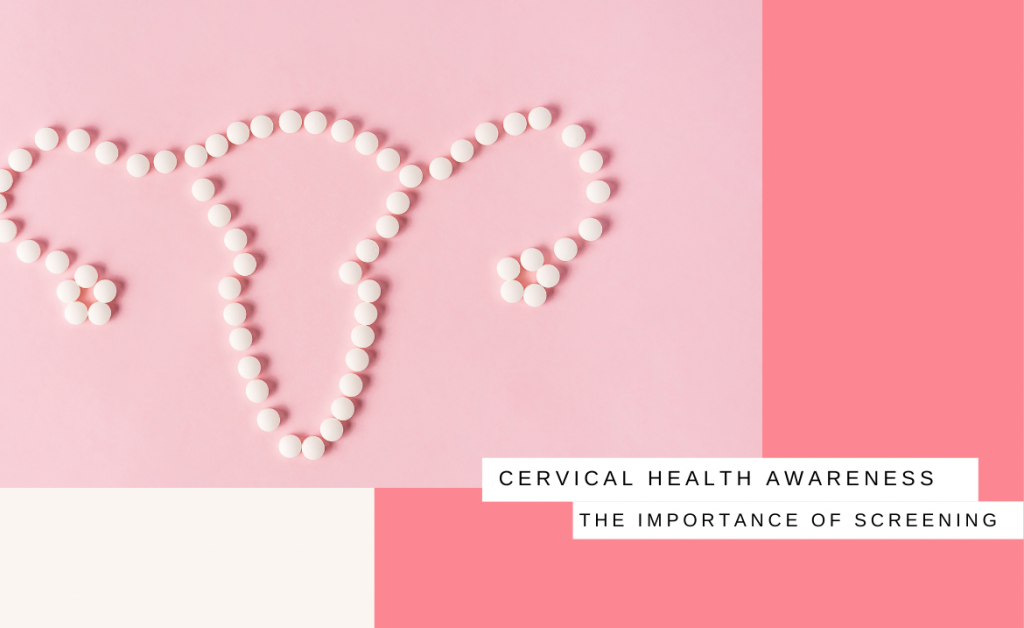January is Cervical Awareness Month, and here at Wollongong Obstetrics and Gynaecology, we encourage you to join us in this cause to raise awareness and take steps to help prevent cervical cancer.
According to the World Health Organisation, “Cervical cancer is the fourth most common cancer in women.”
However, according to the Australian Department of Health, since the National Cervical Screening program began in 1991, “the number of women developing cervical cancer has decreased significantly.”
What is cervical cancer?
Cervical cancer is the growth of abnormal cells or a tumour in the lowest part of the uterus, also known as the cervix.
There are two main types of cervical cancer.
- Squamous cell carcinoma (SCC) – This is the most common of the two and starts in the squamous cell as the name suggests.
- Adenocarcinoma – The less common of the two, this form of cervical cancer occurs in the glandular cells of the cervix and can often be difficult to diagnose because it appears higher up in the cervix.
What are the symptoms?
Precancerous cells rarely cause symptoms. However, to be certain, it is advised that you have a cervical screening test. Should any changes occur and cells become cancerous, you may have some of the following symptoms:
- Pain during intercourse
- Vaginal bleeding in between periods
- Heavier and longer periods
- Bleeding after intercourse
- Pelvic pain
- A change in vaginal discharge colour and smell
- Vaginal bleeding after menopause
- Lower back pain
- Tiredness
- Pain in the leg or swelling
Whilst these symptoms can also be caused by other health conditions and not necessarily cancer, to rest assured and be certain you should consult your doctor and request a screening test.
The importance of cervical screening
Cervical cancer is one of the most preventable cancers. Many women who develop cervical cancer have never had a cervical screening or do not get screened regularly. Therefore, it is extremely important to go for regular tests to prevent the chances of cervical cancer.
To help prevent cervical cancer and reduce the risks, you should
- Have the HPV vaccine, which protects against infections with types of HPV which are the leading cause of cervical cancer. In Australia, the HPV vaccine is free for girls and boys aged 12-13 under the National Immunisation Program at their school.
- Whilst the HPV vaccine is effective, it does not protect against all HPV. Therefore, it’s essential to have a regular cervical screening test every five years.
What does the cervical screening test involve?
As you may be aware, in 2017, the new cervical screening test replaced the pap test (commonly known as a Pap smear). The Pap test looked for changes within the cervical cells. The new cervical screening test looks more specifically for HPV (an infection that can spread during sexual activity).
The test usually takes a few minutes, during which you will be required to remove clothing below your waist and lie on your back with your knees apart. The nurse or doctor will provide you with a sheet to cover yourself. During the test, the doctor or nurse will insert a speculum into your vagina to hold it open. They will then take a cell sample from your cervix using a swab.
The test is usually painless; however, you may feel slight discomfort.
Book your cervical screening test today
If you are between the age of 25-74, have been sexually active and have not had a screening test in the past five years, we recommend you book an appointment at your earliest convenience.
To book your cervical screening test, call us on 02 4225 1999.

